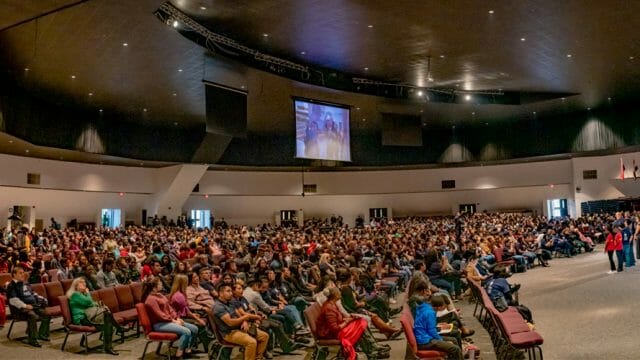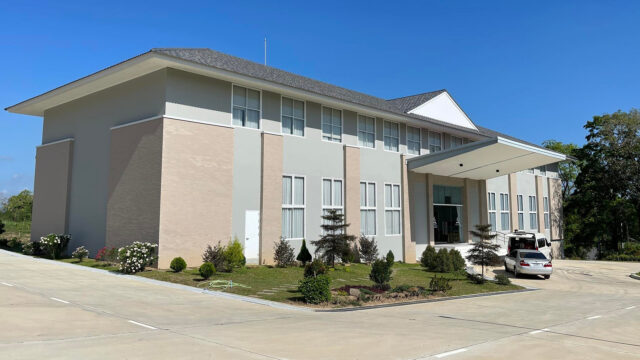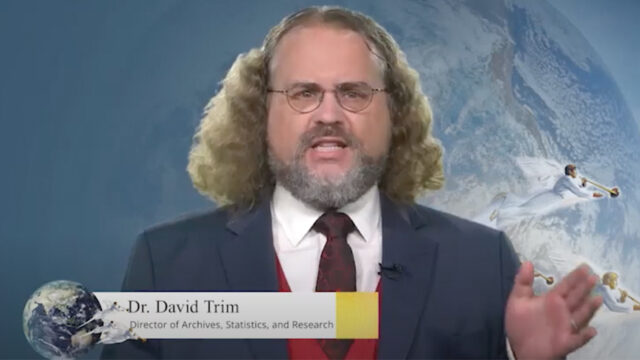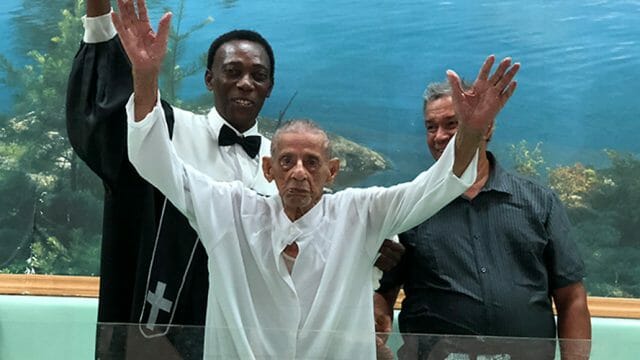Infectious disease physician Jennifer Veltman breaks down coronavirus mask myths.

The United States Centers for Disease Control and Prevention (CDC) recommends people wear cloth face masks in public places to reduce the spread of COVID-19.
According to statements released by that national public health institute, those who are pre-symptomatic can spread the virus before showing symptoms, which makes a mask — paired with physical distancing and frequent hand-washing — the best way to slow the spread of COVID-19.
Despite the clear evidence of the efficacy of masks, there has still been a great deal of debate on the topic. “Misinformation on masks has spread, but the most important thing to remember is that by wearing a face covering, you can help others in your family and community,” says Jennifer Veltman, chief of infectious diseases at Loma Linda University Health.
Here, Veltman breaks down the most common misunderstandings circulating about masks and face coverings:
Myth: I’ll inhale too much carbon dioxide if I wear a mask.
Fact: Masks can filter larger particles in the air, but carbon dioxide can easily be exhaled through the filters. Coronavirus particles are 120 nanometers, while oxygen is 0.120 nanometers, and carbon dioxide is 0.232 nanometers. The pore size in N95 masks is generally 100 to 300 nanometers, meaning the average single pore will allow 1,667 oxygen molecules in and 862 carbon dioxide molecules out. Other masks have even larger pore sizes, so a mask can’t restrict oxygen or carbon dioxide flow. It doesn’t mean that the wearer does not feel restricted. However, the math and physics are not consistent with that feeling.
The mask is quite effective at blocking the droplets you are exhaling, coughing, or sneezing. The average size of those droplets is 1,000 to 10,000 nanometers, so by wearing the mask, you prevent the droplets from entering into the air for someone else to inhale.
Myth: You don’t need a mask if you physically distance.
Fact: The 6-feet (2-meter) rule is based on an outdated belief that COVID-19 is spread only via droplets. New evidence is emerging which shows that COVID-19 may also be aerosolized and remain suspended in the air for more than 16 hours. Therefore, wearing masks gives you additional protection against the viral particles lingering in the air. Even if you’re alone in a space, it’s important to think about who may have been in the room before you. Like the flu, viral particles from someone no longer present in the space may still be in the air you are breathing.
Myth: The virus isn’t that bad.
Fact: For many patients, the virus isn’t that bad, but there’s no way to predict who will get a mild case and who will get a severe case that their body is unable to fight. Providers are also seeing that the virus can trigger strokes and heart attacks. Doctors at Loma Linda University Health have noticed a concerning trend of younger and younger patients with no known medical problems being admitted with respiratory distress, especially among obese young people.
Another thing to consider is the long-term consequences of infection. This virus is new, making it impossible to know what the long-term consequences are.
Myth: Masks only help if someone has symptoms.
Fact: Nearly half of the infections are caused by people who were either pre-symptomatic or asymptomatic. Since we do not know who is carrying the virus, it is best to assume that everyone is infectious and wear a mask to protect yourself from others and to protect others from you.
Myth: Wearing a mask will weaken my immune system.
Fact: Throughout your entire life, your immune system has been primed by hundreds of thousands of foreign particles called antigens. Even if you decrease the inhalation of a few antigens for a brief period of time, it does not mean your immune system is left with nothing to do. In fact, none of us eat sterile food, so bacteria and viruses can still enter our body through food and keep our immune system exercising and strong.
The original version of this story was posted on the Loma Linda University Health news site.








